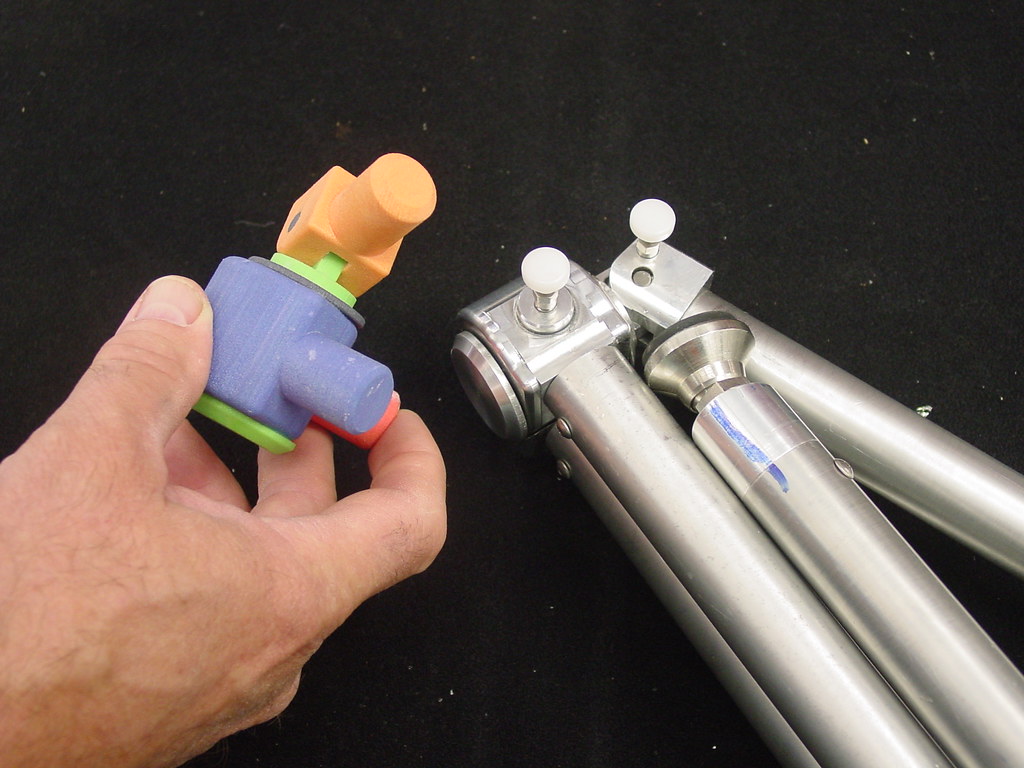
Rapid Prototyping is a widely used option in the process of manufacturing where it creates a three-dimensional product from a computer-aided design data (CAD). This involves a variety of manufacturing technologies which helps manufactures and designers create geometric models and forms used in advanced processes. A rapid prototype is used to evaluate the design, test the technology and verify the work principle for an effective working system. They work in two various processes such as subtractive and compressive; with the same purpose in software programming, semantics and application development.
Rapid Prototypes are also used to
visualize, design and develop parts, scale models and complex parts with the
aim of mass production for automotive industry.
Types of Rapid prototyping
–
1. Stereo lithography (SLA) – This is the most convenient and fastest technique used for commercial 3D printing and manufacturing at an affordable rate.
2. Selective Laser Sintering (SLS) – Used both for metal and plastic prototyping. Production of functional models and complex geometries is made accurate and durable with the help of SLS.
3. Fused Deposition Modeling (FDM) – This is an inexpensive way to accommodate different types of plastic combined in a single piece. They are absolutely good for functional testing of a product.
4. Selective Laser Melting – This is a preferable technique for evaluating the strength, durability and complexity of the technical applications. It is used to make high quality of complex parts which are used in the areas of aerospace, automotive, defense and medical industries.
5. Laminated Object Manufacturing – Being the efficient and inexpensive process helps in building a series of thin laminates used in the creation of CAD designs.
6. Digital Light Processing – The process is quick and cost saver and uses a conventional light to facilitate the process.
7. Binder Jetting – It has the potential of functioning for a mass production; this is also known as ‘power bed and inject’ and ‘drop-on-powder printing’ used for designing products described by CAD.
Advantages of Rapid Prototyping
–
· Gives an entire picture of how a product will appear by allowing the amendments and improvements during the stage of designing.
· Being an automated process, it requires less people to operate.
· Rapid prototype reduces the risk of loss by helping the designers and manufactures by presenting new and creative concepts.
· Incorporates the need and requirements of the customers in an effective budget.
· It takes less time and money in producing a prototype with different properties and materials.
· Benefits the consumers in buying stuff according to their need and requirements.
Rapid prototyping can be
applicable with different material and technology which helps the designer
inherits the opportunity to validate the ideas before allowing a manufacturing
process. Designers here, provide an accurate representation of the finished
products by allowing the process of validation for better results. For a successful process of rapid prototyping
process one must require a mechanical design .Hence, rapid prototypes are
helpful for industries and customers in numerous ways.
















